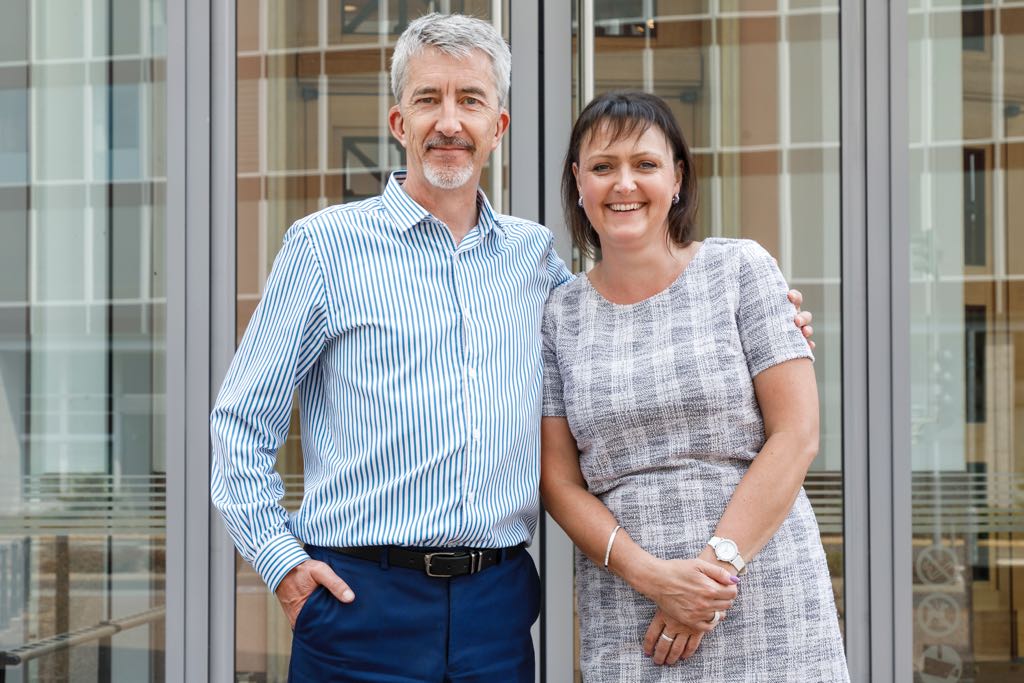
At a recent event in Leverkusen, Kevin Hard, external safety coach, gave a presentation on the benefits of moving from behavior-based safety to culture-based safety. In an interview he explains why this transformation will not only reduce incidents, but also increase productivity and happiness.
Mr. Hard, at Covestro, behavior-based safety has been very successful in reducing lost-time incidents. Why do you believe that it is not enough?
There is nothing wrong with behavior-based safety. You’ve got to start somewhere. And although many believe the majority of today’s accidents is caused by human failure, it’s actually the culture of the organization that drives behaviors. And the culture of an organization is driven by its leadership. Safety is a journey, and with behavior-based safety you reach a compliance plateau and then you run against a brick wall which we call “System Obsessed”. Establishing more and more procedures will not get you any further. This is where cultural-based safety comes in and takes you to the next level, through engaging with your staff.
What exactly is Cultural-Based Safety?
While behavior-based safety is about telling people what to do and is very reactive, cultural-based safety is about changing beliefs and becoming proactive. People will always act according to their beliefs. So you need to create a culture that drives safe behavior, because people believe in it. It is a culture of engaging with the people: listening, explaining and encouraging. It’s a culture where top managers and supervisors establish the right routines and then act as role models. And it’s a culture where the working environment and equipment is well maintained and safe. In this kind of culture, employees will realize that their company cares. And if they see that you care, they will believe in it. Caring changes belief, every time!
What is the role of the company leadership in the journey towards Cultural-Based Safety?
It is up to the management to shape the organizational culture. Leaders always get the culture they want. You need authentic leadership teams who understand the benefit of cultural-based safety and drive its implementation in a consistent effort. The management makes all the difference. If they care about people, employees are not only safer, but they will share learnings and try out new ideas – because they know you value their opinion. And if they feel valued, their well-being and performance will go up, and so will business results.
How should managers go about this?
They need to lead by example. Not just sit behind their desks, but be out there and understand, and do something about it. Engage with the front line. It is not enough for the safety managers to walk through the plant every two weeks. They must talk and listen continuously.
What can the individual employee do?
Cultural-based safety is all about the individual! If you want to feel safe, share your ideas. You can have an impact. If you see something wrong, don’t just report it and wait for things to happen: Fix it! Cultural-based safety works both top down and bottom up. Everyone needs to be involved. So once you understand the benefit, embrace it!
What does it feel like, when Cultural-Based Safety is implemented?
In an engaged company, people stand taller. They hear, and see, and do the right things. You get innovation, collaboration, and sustainability. You can FEEL the difference. You will find that it is fantastic to be safer, cared for and valued!
